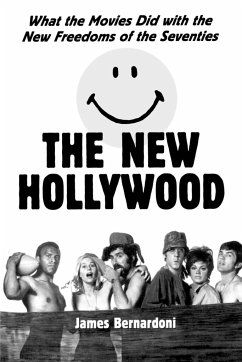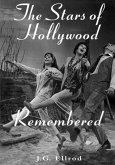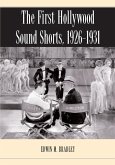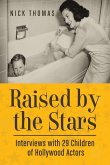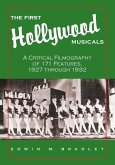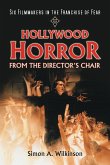The "Old Hollywood" of studios, stars, and house directors began to break up in the 1960s. Newly independent directors freed from budgetary and aesthetic limitations imposed by studio moguls were the "New Hollywood." Directors could develop their own styles, hire whom they wanted, and make movies that would dazzle jaded audiences. Hollywood would never be the same ... What happened? The author looks at the productions of the "New Hollywood" to answer that question. Scene by scene analyses of some of the 70s most significant films (i. e., Apocalypse Now, Taxi Driver, M. A. S. H., Annie Hall, and American Graffiti) assess both the successes and failures of the New Hollywood.
Hinweis: Dieser Artikel kann nur an eine deutsche Lieferadresse ausgeliefert werden.
Hinweis: Dieser Artikel kann nur an eine deutsche Lieferadresse ausgeliefert werden.

